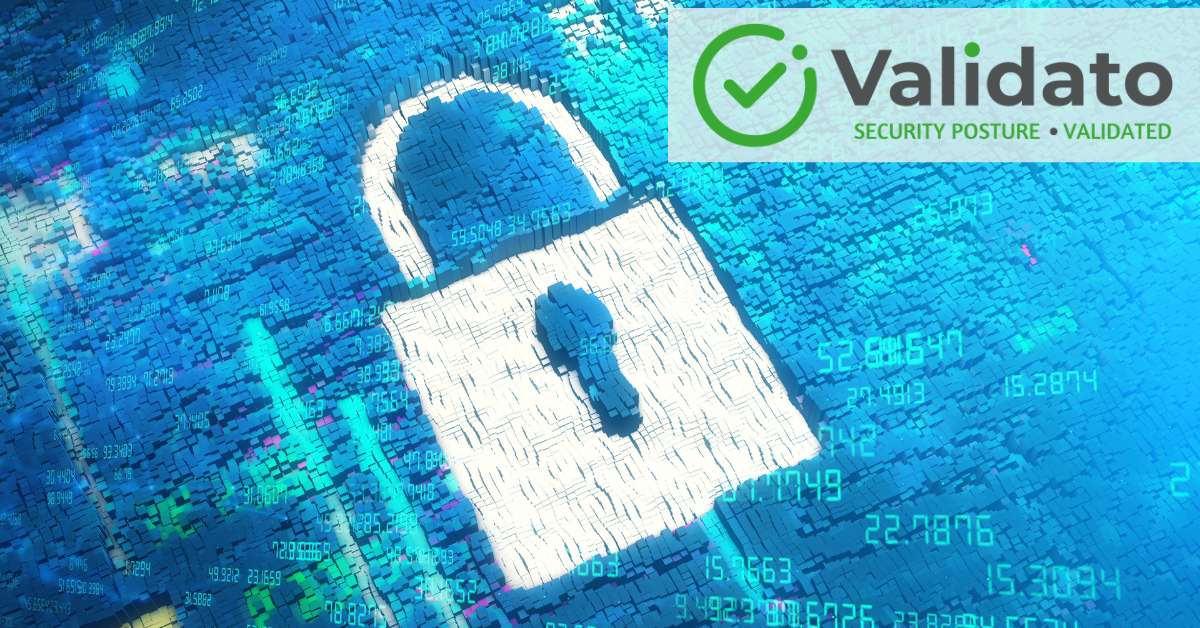Understanding Security Exposure Validation
Organisations face increasing challenges safeguarding digital assets against sophisticated threats. Traditional security testing approaches often fall short in identifying critical vulnerabilities before attackers exploit them. This gap has led to the emergence of security exposure validation – a comprehensive methodology for assessing and strengthening cybersecurity defences.
Unlike conventional testing methods, security exposure validation offers a continuous, proactive approach to identifying security gaps and excessive privileges that could become entry points for attackers. It safely simulates real-world attack techniques to reveal actual exploitable weaknesses such as misconfigurations, improper access controls, and vulnerable credentials.
Key Benefits of Security Exposure Validation:
- Simulates real-world attacks to identify vulnerabilities before exploitation
- Provides continuous assessment rather than point-in-time evaluation
- Focuses on actual configurations rather than theoretical vulnerabilities
- Aligns defensive strategies with actual attack vectors used by adversaries
- Enables organisations to efficiently address identified vulnerabilities
Traditional Security Testing vs. Exposure Validation
| Aspect | Traditional Security Testing | Security Exposure Validation |
|---|---|---|
| Frequency | Point-in-time assessments | Continuous evaluation |
| Coverage | Limited by manual processes | Comprehensive through automation |
| Results Timeline | Days or weeks to process | Immediate insights |
| Methodology | May not align with actual threats | Based on MITRE ATT&CK framework |
| Resource Requirements | Resource-intensive | Efficient resource utilisation |
Traditional assessments create blind spots between testing cycles, while continuous validation offers ongoing visibility into security posture, ensuring new vulnerabilities are promptly identified and addressed without straining security resources.
The Security Exposure Validation Process
- Threat Simulation Preparation: Define scope and establish security control baselines
- Attack Technique Execution: Safely execute techniques based on MITRE ATT&CK framework
- Vulnerability Identification: Discover misconfigurations, excessive privileges, and security gaps
- Security Control Assessment: Evaluate effectiveness against simulated attacks
- Remediation Guidance: Receive actionable recommendations
- Continuous Validation: Repeat regularly to ensure ongoing effectiveness
Validation Phases and Outcomes:
| Phase | Focus Area | Outcome |
|---|---|---|
| Initial Assessment | Host-level controls | Baseline security posture |
| Secondary Validation | Detection capabilities | Visibility into attack techniques |
| Advanced Validation | Server environments | Enhanced infrastructure security |
| Comprehensive Testing | Complete attack chain | End-to-end attack resilience |
Benefits Beyond Compliance
While validation helps meet regulations like NIS2, DORA, and UK CSRA, its benefits extend far beyond compliance:
- Risk Reduction: Lower likelihood of costly data breaches and ransomware attacks
- Enhanced Visibility: Focus on actual security gaps rather than theoretical vulnerabilities
- Optimised Security Spending: Identify effective vs. redundant controls
- Improved Efficiency: Better security team performance through guided remediation
- Future-Readiness: Better preparation for emerging threats through continuous validation
From a cost perspective, validation enables continuous security assessment at a fraction of traditional penetration testing expenses, reducing the window of opportunity for attackers.
Common Security Gaps Exposed
Security exposure validation regularly uncovers several critical vulnerabilities across environments:
- Excessive user privileges allowing attack escalation
- Unpatched software vulnerabilities providing entry points
- Misconfigured security controls failing to block malicious activity
- Weak credential policies enabling password-based attacks
- Security tool misconfigurations reducing detection capabilities
When exploited, these gaps can lead to significant business impacts including data breaches, operational disruption, and ransomware attacks, potentially affecting the entire organisation.
Implementing Guided Remediation
Effective validation doesn’t just identify problems—it provides actionable remediation guidance with specific, practical steps that security teams can implement immediately.
The Remediation Process:
- Prioritise vulnerabilities based on risk impact and exploitability
- Implement recommended configuration changes
- Test changes to ensure they address identified vulnerabilities
- Document changes for compliance and governance purposes
- Continuously validate controls to ensure ongoing effectiveness
Who Benefits Most from Security Exposure Validation?
- Regulated Industries: Organisations subject to NIS2 and similar regulations
- Mid-sized Organisations: Companies with limited security resources
- MSSPs: Providers seeking to validate and demonstrate service effectiveness
- Data-Sensitive Operations: Organisations handling high-value information
- Companies in Transition: Businesses undergoing digital transformation or infrastructure changes
Getting Started with Validation Testing
- Define Objectives: Determine specific goals for validation testing
- Prioritise Critical Assets: Begin with your most important systems and data
- Take a Phased Approach: Start with host-level controls before complex scenarios
- Establish a Baseline: Conduct initial testing to understand current security posture
- Implement Remediation: Address vulnerabilities based on risk priority
- Validate Improvements: Retest after implementing changes
- Establish Continuous Validation: Integrate regular testing into your security programme
Resource requirements are typically modest compared to traditional approaches. Most organisations can implement validation with existing team members, supported by automation tools that simplify testing and reporting.
Security exposure validation represents a significant advancement in cybersecurity testing. By continuously validating controls against real-world attack techniques, organisations can identify and address vulnerabilities proactively, building stronger, more resilient security environments against the evolving threat landscape.
If you’re interested in learning more, contact our expert team today.


